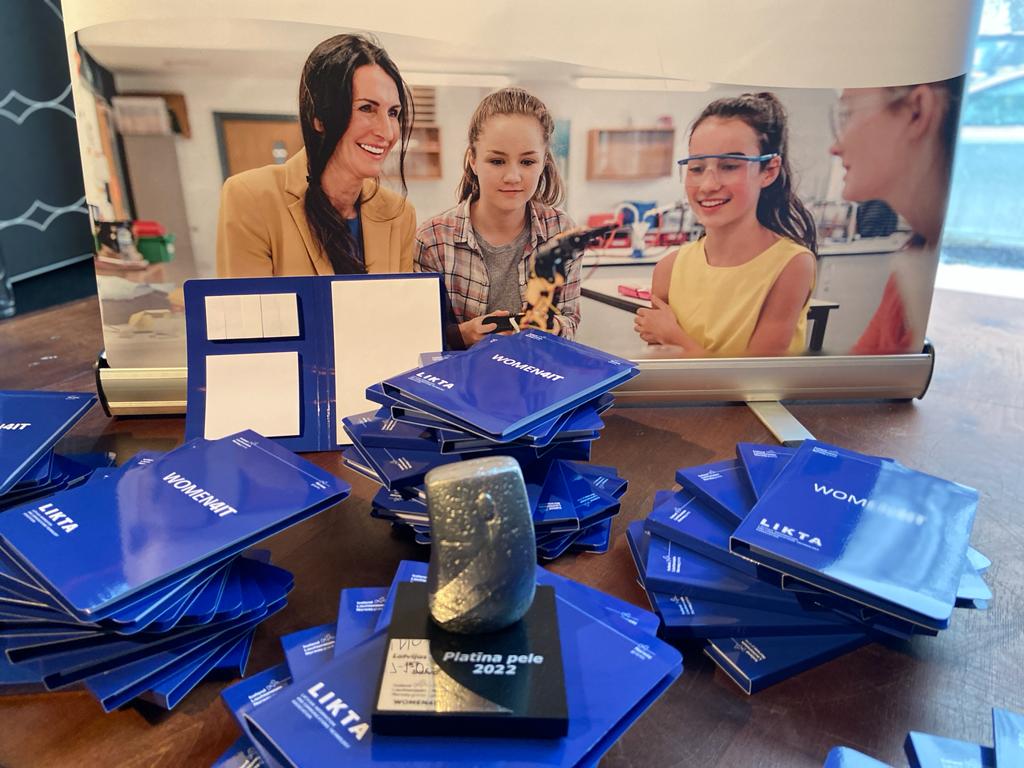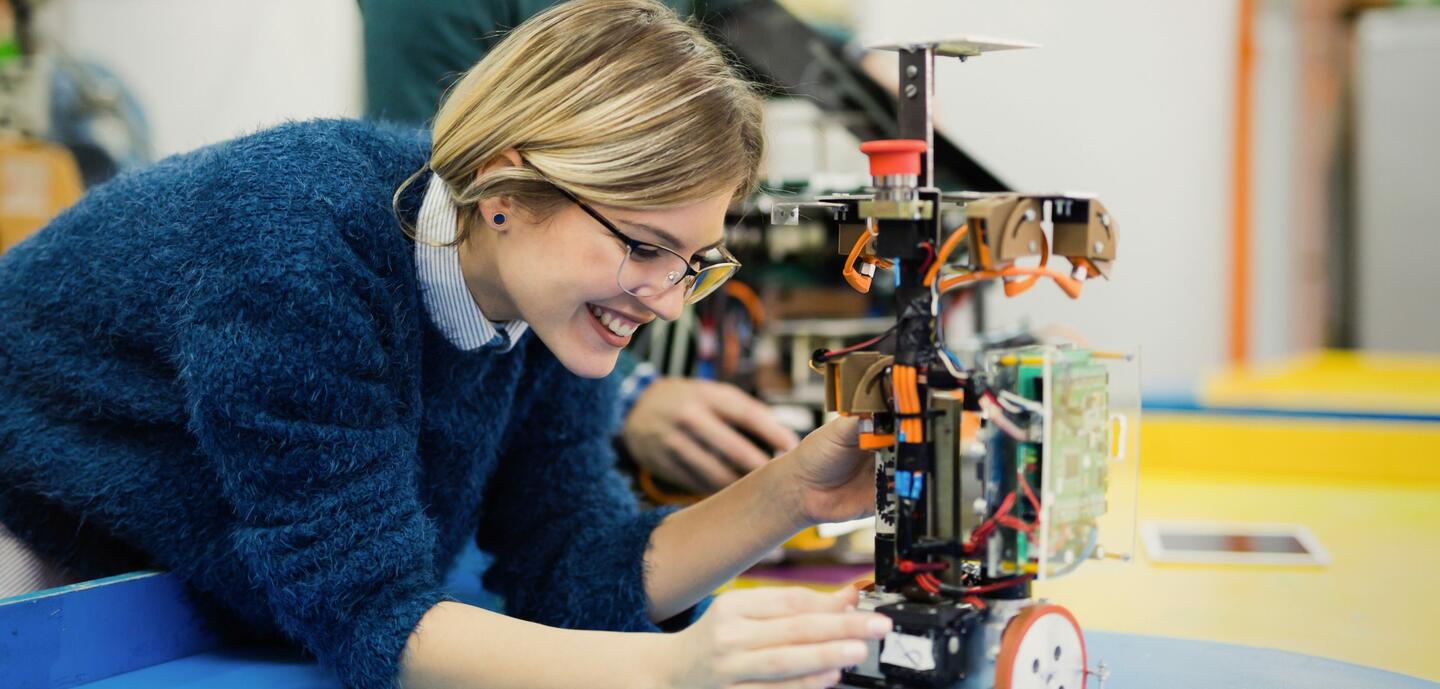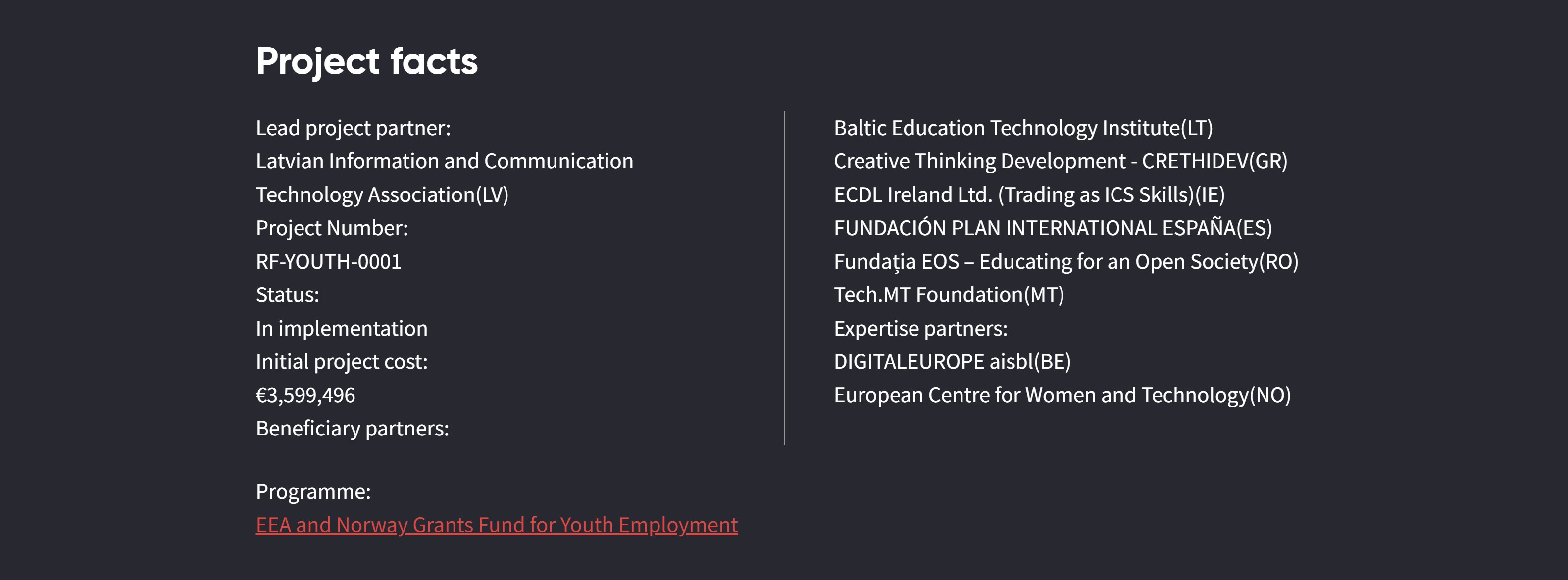The (tough) journey of women in tech
In the mid-1800s, women started to get admitted into colleges and universities in several countries. The interest in pursuing a career in science and technology started to grow with the rise of computer science courses opening up for women. However, many women had to face stigma and were forced to leave their careers behind after marriage.
The journey was tough, and regardless of that, there are a number of pioneering women whose achievements changed the tech industry in the 1800s. From Ada Lovelace, the world’s first computer programmer, to Hedy Lamarr, who revolutionised wireless communications that eventually inspired the Wi-Fi, GPS, and Bluetooth technologies we use nowadays. Ada and Hedy are only two names in a long list of pioneering women who had to face criticism, barriers, and stigma to find their way in their professional careers and be recognised for their talent.
Today, they are role models inspiring the upcoming generations of female tech talents – but more needs to be done to bridge the digital gender gap.
We have a collective responsibility to make the tech sector more inclusive, and all actors have a role to play. But first and foremost – you can’t be what you can’t see. With more female role models out there, we can inspire a new generation of young women to become creators of technology. DIGITALEUROPE Director General Cecilia Bonefeld-Dahl
The path towards gender equality in digital
By 2050, 75% of jobs will be related to STEM areas. Yet today, women hold just 22% of positions in artificial intelligence, to name just one. In addition, 33% of women in Europe are still inactive in the labour market due to caring responsibilities – a phenomenon that has worsened during the COVID-19 pandemic. To add one more aspect to this equation, there has been an increase in layoffs in the tech sector since 2022 amid economic uncertainties and a looming recession.
In an increasingly digitalised world, and despite much progress in Europe, there is a serious lack of gender diversity in the fields of science, technology, engineering, and math. This is visible not only in the professional landscape but also in education. The EU has been struggling to bridge the tech talent gap, but the big question remains: Why is Europe struggling to find and retain tech-talented women, from primary school to the workforce? At current rates, the share of women in tech positions in Europe is heading toward a decline to 21 per cent by 2027.
With increased connectivity, vibrant technological solutions, and more digital work opportunities than ever, today’s girls could be tomorrow’s leading engineers, data scientists and IT architects. Yet, the gender digital divide, limited career prospects and harmful stereotypes and gender norms continue to hold them back. We need to start with education and training (…). Individual actions, awareness-raising, and small-scale funding are not enough on their own. Women4IT is a great example of this. Themis Christophidou, Director of DG EAC at the European Commission
Four years empowering women in tech
The project WOMEN4IT was born to empower young women across Europe to enter the digital economy. The project supported young women who were not in employment or education to take the steps needed to find a career in the digital world. As a result, 70% of the women trained by WOMEN4IT gained full-time employment in the digital sector within 3 months after graduating from the programme. “I feel proud because we managed to rescale 900 women from all kinds of different functions into software specialists, cyber specialists, etc.”, says Cecilia Bonefeld-Dahl, Director General of DIGITALEUROPE, one of the project partners.
The project WOMEN4IT concluded at the end of 2023, but their actions and achievements have a lasting impact. During the first year of the project, the partners conducted two research studies. The first one, ‘Study of innovative approaches’, explored good practices and initiatives regarding improving the employment in ICT sector jobs of women and NEETs (Not in Employment, Education or Training) in the partner countries Greece, Ireland, Latvia, Lithuania, Malta, Romania and Spain.
The second study ‘Needs assessment at European and National levels’, highlighted key elements and issues regarding young women’s access to technology, labour markets, digital training as well as labour market demands. The study also identified future trends regarding digital skills in employability to prepare trainees for the work challenges ahead of them and provides input for designing new innovative profiling solutions.
In addition, the project also identified eight digital job profiles found to be the most suitable for the target group and appropriate for the needs of the future labour market. These eight are: Customer Support Specialist, Data Analyst, Data Protection Specialist, Digital Media Specialist, Graphic designer, Personal / Project Assistant, Software Tester and Web developer.
Once the research studies were completed, the project moved to the next phase: developing an online profiling platform in six languages, which became the central contact point for young women involved in the project. This was complemented by a self-assessment profiling tool used to evaluate technical and personal competencies and match users to specific digital job profiles.
WOMEN4IT also developed a Training Roadmap, which outlined the curriculum for each digital job profile, and developed a toolkit for young women and for companies, including guidance on recruitment, as well as the legislative framework for employment.
These innovative solutions were presented to more than 350 employers across Europe. Nearly 1,000 young girls were assessed by the profiling tool and 10,000 became aware of the opportunities in the digital world through this project. “When I saw this course, I saw the opportunity to keep growing and improving my skills in the digital world. (…) I got my job 2 months after I finished the WOMEN4IT course, so it worked really well”, says Ariadna Bascuñada Sierra, project participant.
I had just recently moved to Ireland, and it was a really tough time. I was unemployed, we had a strict lockdown, so it felt good to be part of a group. [The Women4IT training] helped me to understand more about the market here in Europe, all the technical terms that I now use in my field, upskill, and update my knowledge; it was a great network as well. Letícia Martins, Digital Marketing Executive Trainee (Ireland)

Photo credits: WOMEN4IT
Projects like WOMEN4IT are crucial for the European tech industry to remain competitive and inclusive in the digital age. WOMEN4IT is funded by Iceland, Liechtenstein and Norway through the EEA and Norway Grants Fund for Youth Employment and it was implemented in 7 countries, namely Greece, Ireland, Latvia, Lithuania, Malta, Romania and Spain. The project also included two expert partners, the European Centre for Women from Norway, and DIGITALEUROPE.

